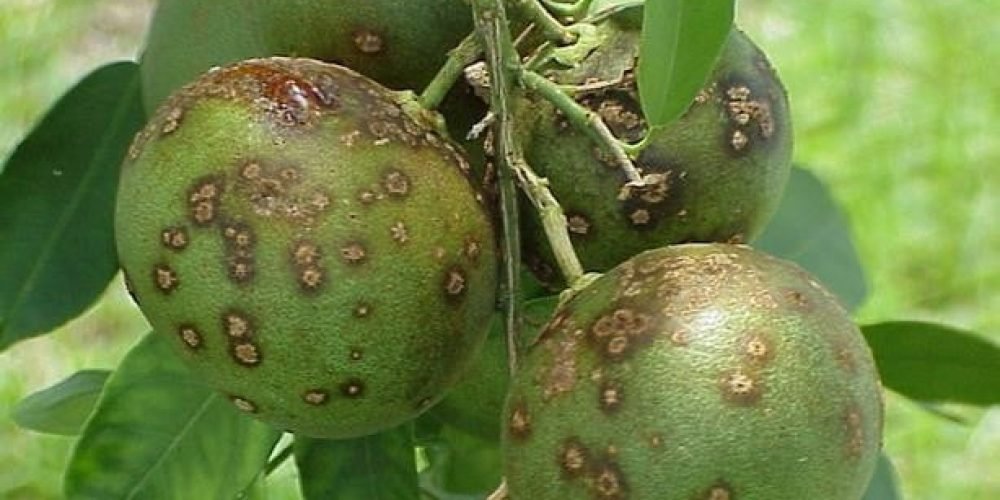English name: Canker Citrus
The scientific name: Xanthomonas citri subsp. citri
The type of disease: a bacterial disease
Platoon: Xanthomonadaceae
Symptoms
Canker canker is a highly contagious disease that affects all cultivated varieties of canker, including lemons. The main symptom is the formation of swollen lesions, brown or light brown, on leaves, stems and fruits. These lesions can be circular or irregular in shape and surrounded by a yellow halo. As the disease progresses, the lesions may become crusty or leathery, and the central area may fall off, giving the lesions a volcanic appearance. Severe infestations can result in defoliation, death of terminal shoots, and premature drop of fruit.
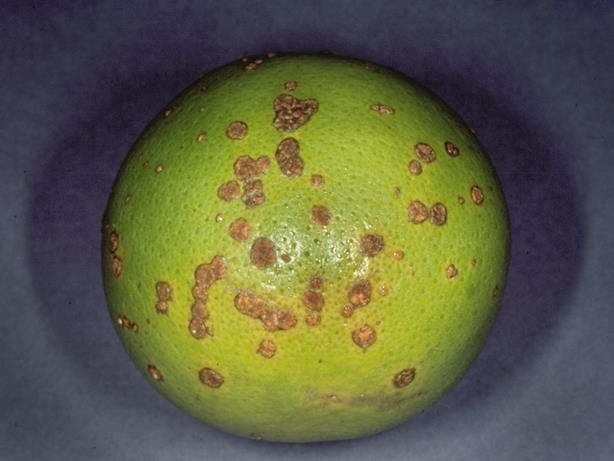
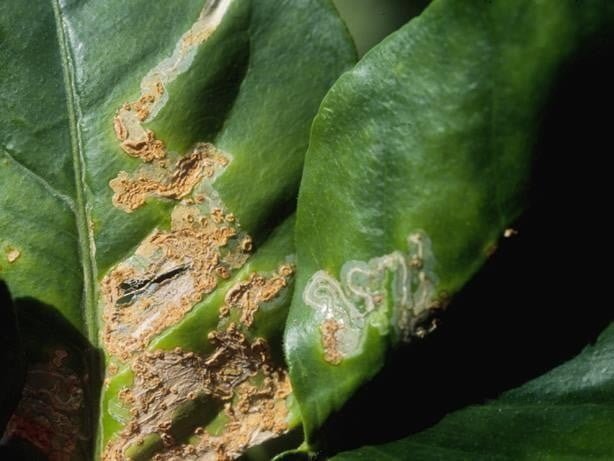
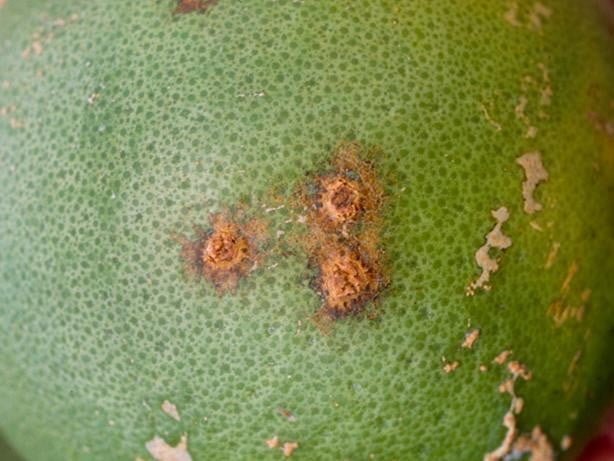
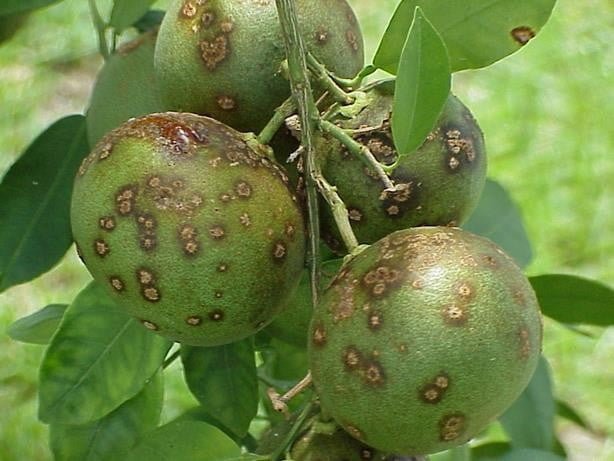
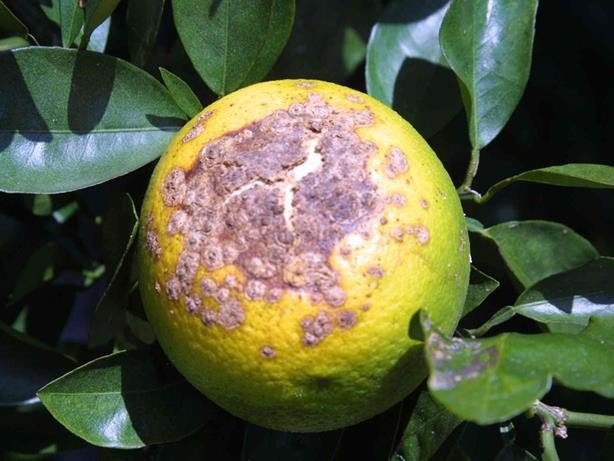
the reasons
Mud ulceration is caused by the bacterial pathogen Xanthomonas citri subsp. citri. The bacteria can survive in infected plant material such as leaves, branches and fruits, as well as contaminated soil and various surfaces, including tools and equipment used in mud gardens.
Favorable conditions for spread
Mud canker is spread primarily by wind-driven rain, which can spread bacteria cells over great distances. The disease can also be transmitted through infected plant material or contaminated tools and equipment, in addition to human activity in muddy orchards. Warm, humid conditions and periods of heavy rainfall or sprinkler irrigation favor the spread and development of the disease. Young, tender plant tissues are more susceptible to injury than mature, hardened tissues.
Disease course
The mud canker disease cycle begins with the introduction of pathogenic bacteria into muddy orchards, where bacteria can enter the plant through natural openings such as stomata or wounds caused by wind, cold, or mechanical damage. Once they enter the plant, the bacteria multiply and cause lesions to form on the leaves, branches and fruits. During periods of wet weather, bacteria swarm from pests and can be spread by wind, rain or splashing water to other parts of the plant or to nearby trees. Bacteria can also survive in plant debris, soil, or on contaminated surfaces, presenting potential sources of infection for future agricultural seasons.
Losses
Mud canker can cause significant economic losses in lemon and other mud production. The disease can reduce fruit yield and quality, as well as weaken trees, making them more susceptible to disease and other environmental stresses. In severe cases, the disease can result in complete crop loss for the season.
Control strategies
Strategies to control canker canker include strict quarantine measures, removal and destruction of infected plant material, and use of disease-free seedlings. Copper-based bactericides can be applied to protect healthy trees, but their effectiveness is limited once the disease becomes established. Agronomic practices such as proper pruning and orchard cleanliness can help limit the spread of the disease.



